November 20, 2015
Earlier this week, 6sqft shared National Geographic's interactive map of what the NYC skyline will look like in 2020. To accompany it, the publication has released a piece by New York's resident journalist Pete Hammill, in which he "reflects on 72 years of transformation as his hometown is continuously rebuilt." Hammill laments on loss (Ebbets Field, the old Madison Square Garden, and Stillman's Gym, to name a few), but says of the present-day city that it's "in a bad way." Though he says New York is "wealthier and healthier" than when he was young, he feels that "its architectural face is colder, more remote, less human, seeming to be sneering."
While describing the shadow-casting supertalls and influx of the super-rich, Hammill points to the stunning aerial photography of George Steinmetz, since "the best view of New York might be from above." Steinmetz's photos, taken from a self-designed helicopter, appear in the December issue of National Geographic magazine as an illustration to Hammill's essay. They're part of his new book "New York Air: The View from Above." We've chosen five of our favorite photos that represent the changing landscape of New York City.
See them here
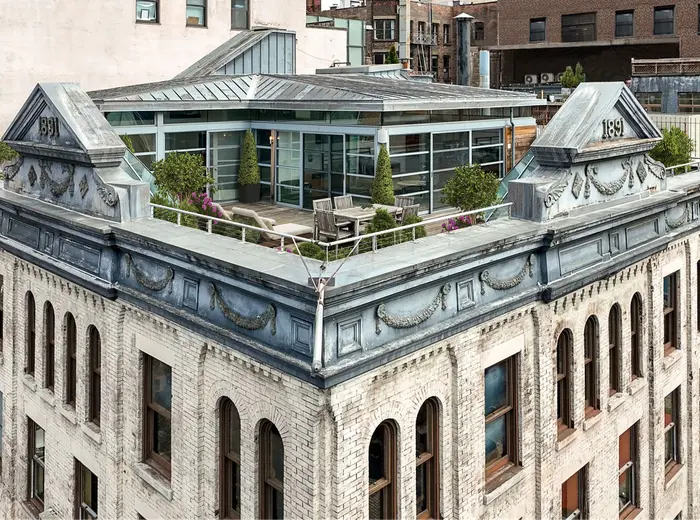
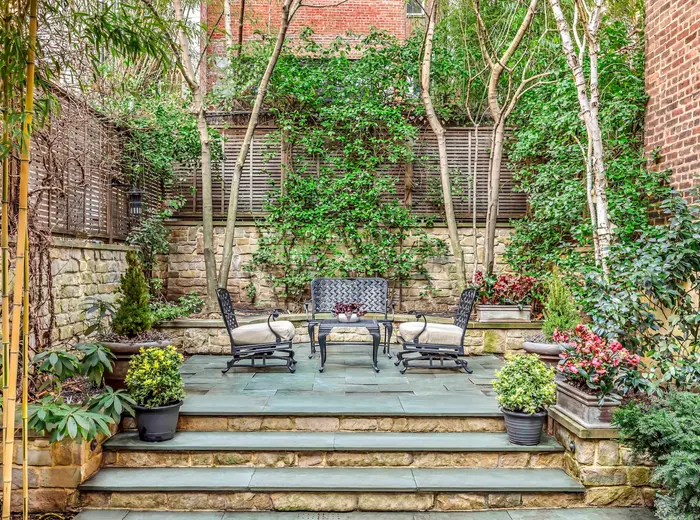
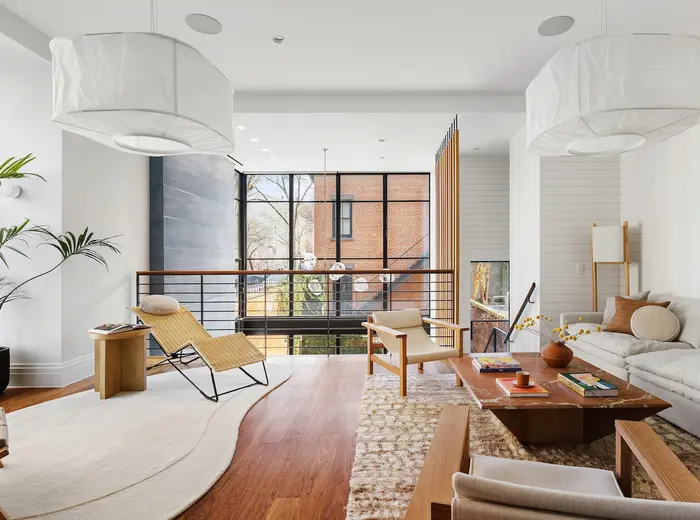
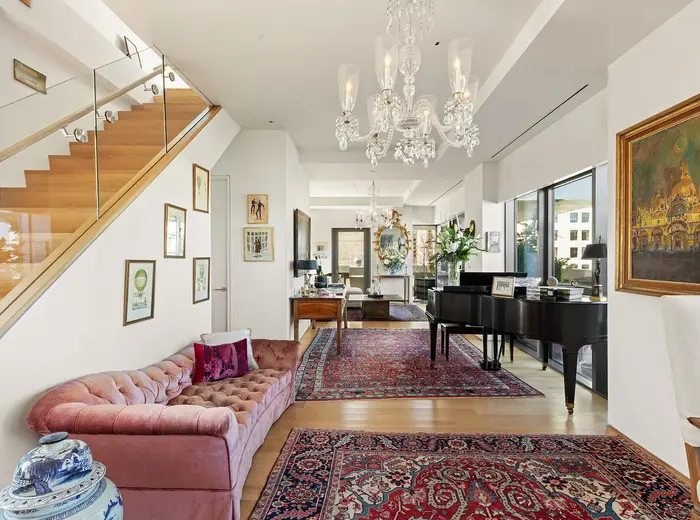
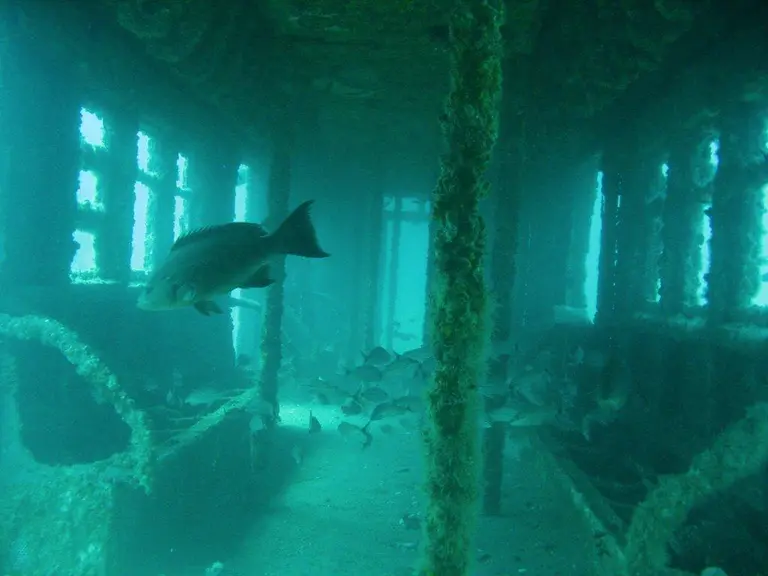
 Know of something cool happening in New York? Let us know:
Know of something cool happening in New York? Let us know: